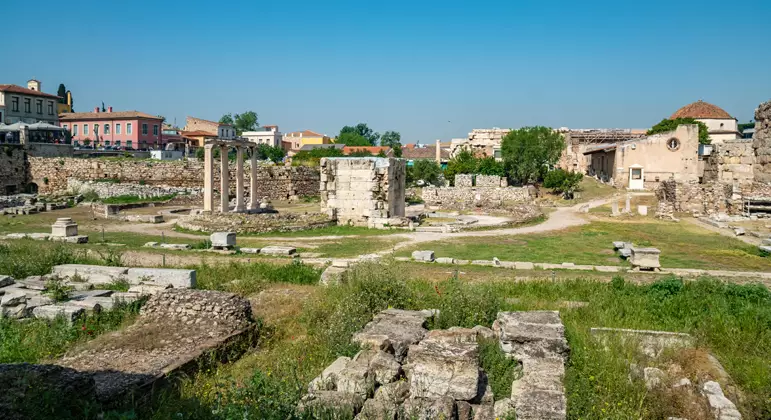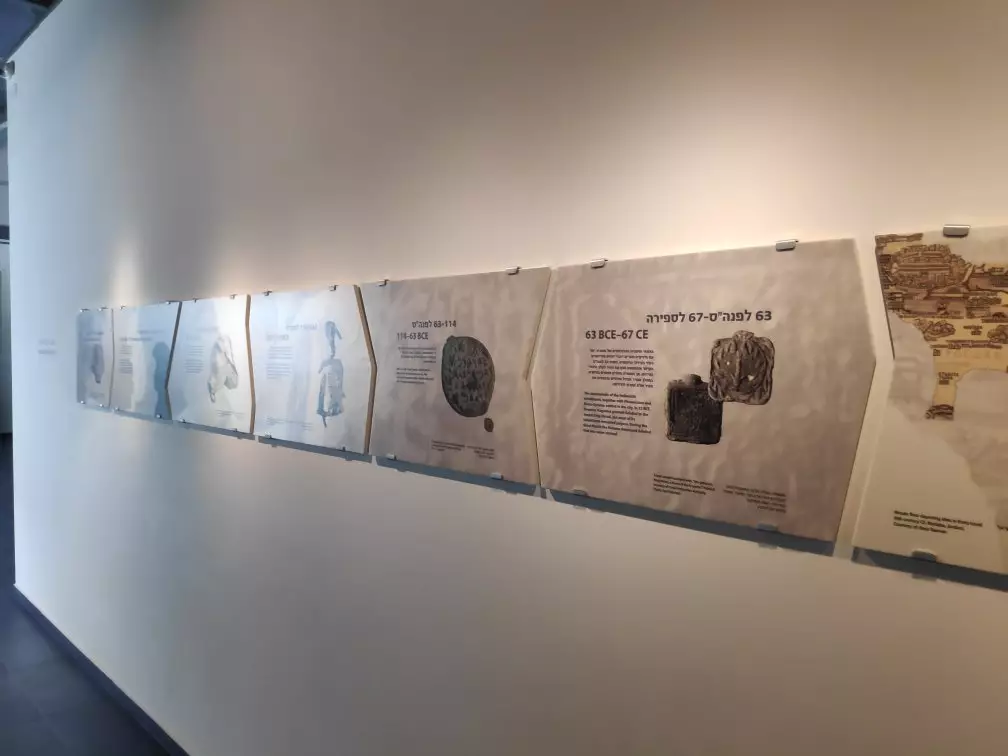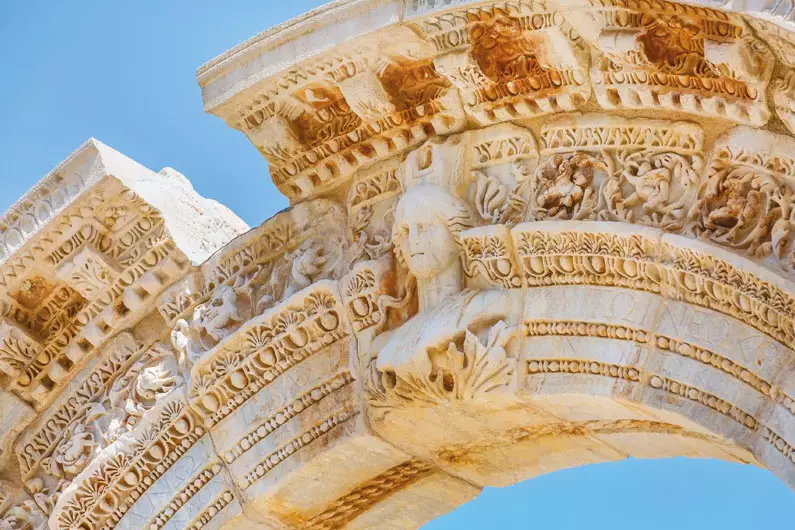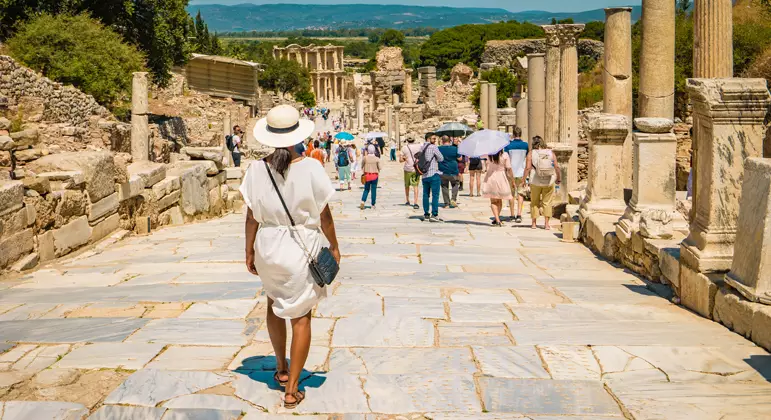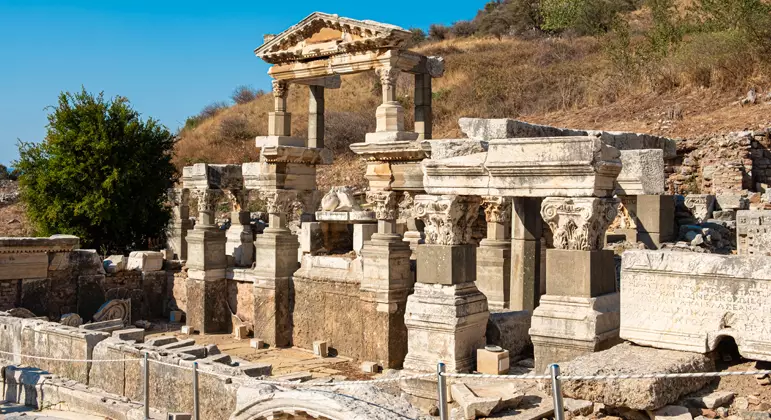OLD AS TIME YET FULL OF LIFE
The coastal city on the Gulf of Izmir, between the Dardanelles and the Çeşme Peninsula, has a long history of winning over explorers. Looking out to sea, the islands of Lesbos and Chios in the distance seem to float on the waves. But the region’s most precious gifts are inland. Travellers to this exotic destination usually use it as a stepping-stone on the path to ancient Ephesus, a pivotal city in the popularisation of Christianity and, earlier, the worship of the goddess Artemis. Similarly ancient, settlers began to arrive in the Izmir area during the Neolithic period over 8,500 years ago, making the city one of the oldest settlements of the Mediterranean basin. Since then, ever-popular Izmir has been called home by Aeolians, Ionians, Lydians, Persians, Macedonians, Romans, Turks and Ottomans. Now it’s the second-largest urban agglomeration on the Aegean Sea, beaten in size only by Athens. Roman ruins can be found at the open-air museum at the Agora of Smyrna, where excavated gates and graves see the light of day once more and grand pillars are contrasted by the ancient graffiti scrawled on them. Less impressive but equally significant is the architecture of Izmir itself. Izmir’s historical houses are considered among the best examples of civil architecture from the 19th and 20th Century, exemplifying the gradual changes from Greek to Ottoman styles. Other stops worth making are to the Kentriko Parthenagogio, a landmark girls’ school, as well as the Homerion, NATO building, and the neoclassical seat of the Greek Consulate.
Read More
